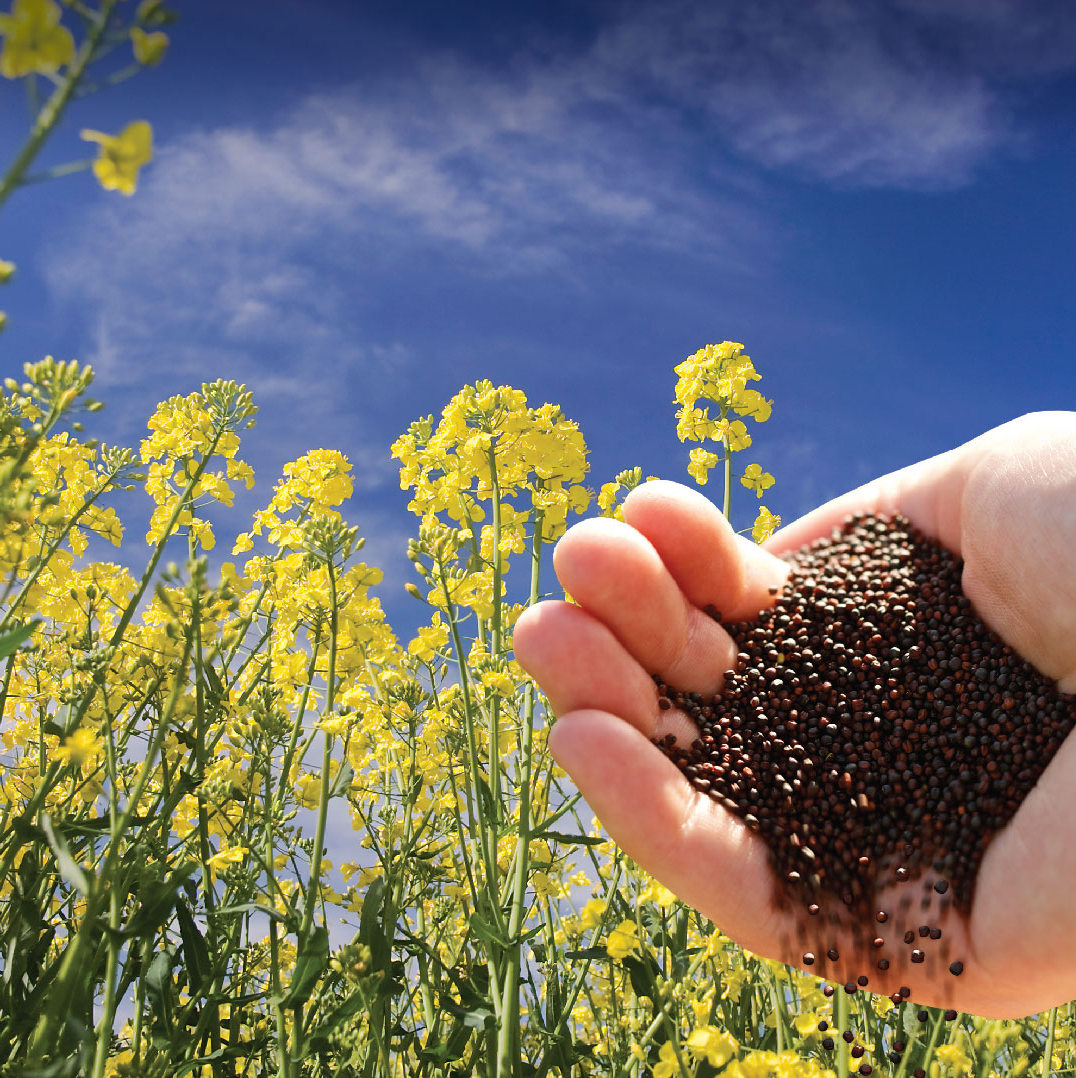Research

Illustration by H. Morin 1893
Slug (and snail) references were compiled from unpublished reports, peer-reviewed papers, presentations, bulletins, posters, etc. found in the Pacific Northwest. Some of this reseach was summarized by our slug specialists, others will be completed in the near future. If you find errors, want to include a summary on a document or have additional citations, please contact us. While the current literature review focuses on research done in the Pacific Northwest, worldwide literature will be included in the future, as time permits.
Literature obtained (not an exhaustive compilation), includes work on bait efficacy, abiotic and biotic conditions affecting slugs, land management and practices, cultural controls, biological agents, keys for identifying slugs, etc.
Slug Literature Table sortable by subject (Mar 1, 2017)
Local Slug Research--Citations, Summaries, and PDF's
Prepared by Amy J. Dreves
Oregon State University, Crop and Soil Science Dept.
Contact Rory Mc Donnell, OSU slug specialist
E-mail: rory.mcdonnell@oregonstate.edu
Twitter: @RoryJMcDonnell
Tel: +1-541-737-6146
Impact
Slugs have caused significant damage to many important crops grown west of the Cascades, on both seedling and established stages; and major losses have been recorded by growers. Overall costs from slug damage in the grasses grown for seed and rotational crops (e.g., clover) were largely estimated by growers and relayed to the Oregon House Committee of Agricultural and Natural Resources in Salem on May 2015. This gathering was an informational meeting designed to discuss the impact of slug damage on crops in the Willamette Valley and the Pacific Northwest and to highlight the need for hiring a slug expert. It was here that the Oregon Seed Council presented impact information about slug activity and crop losses.
| Crop | Total Acres | Damage Cost | Re-plant Cost | Treatment Cost | Total Cost of Damage |
| Annual Rye Grass | 125,000 |
$18,000,000 |
$1,575,000 | $5,000,000 | $24,575,000 |
| Perrenial Rye Grass | 110,000 | $12,320,000 | $462,000 | $1,466,667 | $14,248,667 |
| Tall Fescue | 152,000 | $6,774,857 | $273,600 | $868,571 | $7,917,027 |
| Fine Fescue | 20,000 | $2,250,000 | $63,000 | $200,000 | $2,513,000 |
| Orchardgrass | 12,000 | $961,714 | $21,600 | $68,571 | $1,051,887 |
| Clover | 42,000 | $67,679,000 | $252,000 | $3,480,000 | $10,501,700 |
| TOTAL: | 461,000 | $47,074,471 | $2,649,001 | $11,083,809 | $60,807,281 |
References:
The cost of slug damage and management for a year of established grass seed crops and establishing new crops was estimated at $60 million dollars which included yield loss, area re-planted, and area treated with molluscicides. Metaldehyde application alone on grass seed crops cost approximately $8 million per annum. Slug damage averaged a 30% loss when establishing a treated crop (Salisbury 2015, unpublished). After this meeting, the results were declared to the public, which initiated the hiring of a slug expert (Rory Mc Donnell) at Oregon State University. Howlett (2012) reported a lack of a comprehensive economic appraisal of slug damage in the UK. However, recent reports estimated damage for field crops in the UK currency at £10-30 million, and the cost of molluscicides only for field crops in France currency at 45 million.
Howlett, S. 2012. Terrestrial slug problems: classical biological control and beyond. CAB Reviews; 7 (051).
Salisbury, S. May 2015. The cost of slugs to the grass seed industry in the Willamette Valley. Costs were presented to House Agriculture and Natural Resources Committee Chairman at Oregon Capital in Salem.
Crops Affected by Slugs in Pacific Northwest
(not an exhaustive list)
Christmas tree Industry (contaminant in tree containers when shipping)
Photo: southsoundtalk.com
Other Vegetables (beans, beets, corn, squash, etc.)
Photo: encrypted-tbn3.gstatic.com
Brassicas and/or Crucifers (radish, mustard, brocolli, etc.)
Photo: wholefoodsmarket.com
Grass Seed (ryegrass, fescue, orchardgrass, etc.)
Photo: pixabay.com
Nursery production (direct pest and a contaminant in shipping containers)
Photo: wikimedia.org
Legumes (clovers, Austrian peas, vetch, etc.)
Photo: theworkofgodschildren.org
Cereal Grains (oat, wheat, triticale, etc.)
Photo: superbeefy.com
Oilseed (canola, camelina, meadowfoam, etc.)
Photo: jrsl.ca








